Home>Furniture & Design>Bathroom Fixtures>How Long Should A Baby Be In A Steam Shower


Bathroom Fixtures
How Long Should A Baby Be In A Steam Shower
Modified: August 25, 2024
Discover the ideal duration for a baby to stay in a steam shower. Find expert advice on bathroom fixtures and baby safety. Learn more.
(Many of the links in this article redirect to a specific reviewed product. Your purchase of these products through affiliate links helps to generate commission for Storables.com, at no extra cost. Learn more)
Introduction
Introducing babies to the soothing warmth of a steam shower can be a topic of interest and concern for many parents. The idea of exposing a delicate infant to steam might raise questions about safety, duration, and potential benefits. As a parent, ensuring the well-being of your baby is a top priority, and understanding the nuances of incorporating steam showers into their routine is crucial.
In this comprehensive guide, we will delve into the considerations surrounding the use of steam showers for babies. From exploring the potential benefits to highlighting the associated risks and precautions, we aim to provide you with a well-rounded understanding of this practice. Additionally, we will discuss the recommended duration for babies in steam showers and the signs to watch for during these sessions.
As we navigate through this discussion, it's important to approach the topic with an open mind and a commitment to prioritizing the safety and comfort of your little one. By the end of this guide, you will have gained valuable insights into the world of steam showers for babies, empowering you to make informed decisions regarding this aspect of their care and well-being.
Key Takeaways:
- Introducing babies to steam showers can offer respiratory support, skin hydration, and bonding opportunities. However, it’s crucial to be mindful of potential risks and take necessary precautions for a safe and beneficial experience.
- When considering steam showers for babies, maintain a moderate temperature and limit the duration to 5-10 minutes. Watch for signs of overheating, respiratory distress, and discomfort, and prioritize the baby’s well-being throughout the session.
Benefits of Steam Showers for Babies
Introducing babies to steam showers can offer a range of potential benefits that contribute to their overall well-being. Here are some of the advantages to consider:
-
Respiratory Support: The gentle steam in a shower can help alleviate nasal congestion and respiratory discomfort in babies. The warm, moist air can aid in loosening mucus, making it easier for infants to breathe more comfortably, especially when they are experiencing congestion due to colds or allergies.
-
Skin Hydration: The moisture from the steam can help hydrate a baby's delicate skin, particularly in dry climates or during winter months. This can be especially beneficial for babies prone to dry skin conditions, providing a natural way to maintain skin hydration.
-
Relaxation and Comfort: The warmth and soothing environment of a steam shower can promote relaxation for babies, potentially aiding in calming them before bedtime or during periods of fussiness. The gentle heat can create a cozy and tranquil atmosphere, contributing to a sense of comfort for the baby.
-
Bonding Opportunity: Sharing a steam shower experience with your baby can create a special bonding moment. The close physical contact and nurturing environment can strengthen the parent-child bond, fostering a sense of security and trust for the baby.
-
Promotion of Healthy Sleep: The relaxation induced by a steam shower may contribute to improved sleep patterns for babies. The calming effects of the steam can help create a conducive environment for rest, potentially aiding in establishing healthy sleep routines.
It's important to note that while these potential benefits are compelling, it's essential to approach steam showers for babies with caution and awareness of potential risks and limitations. Understanding the balance between the advantages and the associated precautions is crucial in making informed decisions regarding the use of steam showers for infants.
Risks and Precautions
When considering the use of steam showers for babies, it's vital to be mindful of the potential risks and take necessary precautions to ensure the safety and well-being of the infant. While steam showers can offer benefits, it's essential to approach this practice with a thorough understanding of the associated risks and the measures to mitigate them.
Risks
-
Overheating: Babies are more sensitive to temperature changes, and prolonged exposure to steam can lead to overheating. This can potentially result in discomfort, dehydration, or even heat-related issues. It's crucial to monitor the temperature and duration of the steam shower carefully to prevent overheating.
-
Respiratory Sensitivity: While steam showers can provide respiratory support for babies, it's important to be cautious, especially for infants with respiratory conditions such as asthma. The moist air in the steam shower may exacerbate respiratory issues in some cases, so it's advisable to consult a pediatrician before introducing steam showers to babies with pre-existing respiratory concerns.
-
Slip and Fall Hazards: The steam and moisture in the shower enclosure can create slippery surfaces, posing a risk of slips and falls, especially when handling a baby. Ensuring a secure and slip-resistant environment is crucial to prevent accidents.
Precautions
-
Optimal Temperature and Duration: Maintaining a moderate temperature and limiting the duration of the steam shower is essential. It's advisable to keep the temperature at a comfortable level for the baby, and the duration should be brief to prevent overheating.
-
Supervision and Support: Never leave a baby unattended in a steam shower. Direct supervision is crucial to ensure the infant's safety throughout the session. Additionally, having a supportive grip on the baby to prevent slipping is important.
-
Consultation with a Pediatrician: Before incorporating steam showers into a baby's routine, consulting a pediatrician is recommended, especially if the baby has any underlying health conditions. This proactive step can provide valuable insights and guidance tailored to the baby's specific needs.
-
Proper Ventilation: Adequate ventilation in the steam shower area is essential to maintain air circulation and prevent excessive humidity, which can contribute to discomfort or respiratory issues for the baby.
By being mindful of these risks and implementing the necessary precautions, parents can create a safe and beneficial environment for introducing babies to steam showers. Prioritizing the safety and comfort of the infant is paramount, and taking a proactive approach to risk management is key to ensuring a positive experience for both the baby and the parents.
Read more: How Long Should You Use A Baby Monitor
Recommended Duration for Babies in Steam Showers
Determining the appropriate duration for babies in steam showers is a crucial aspect of ensuring their safety and well-being during this experience. While the warmth and moisture of a steam shower can offer potential benefits for infants, it's essential to approach the duration with careful consideration and moderation.
The recommended duration for babies in steam showers typically ranges from 5 to 10 minutes. This brief timeframe allows the infant to experience the soothing effects of the steam without prolonged exposure that may lead to overheating or discomfort. It's important to prioritize the baby's comfort and closely monitor their response to the steam environment throughout the session.
Factors such as the baby's age, overall health, and individual sensitivity to heat and moisture should be taken into account when determining the optimal duration. Younger babies, particularly newborns, may have lower tolerance for steam showers, and therefore, shorter durations are advisable. As the baby grows and becomes more accustomed to the steam shower experience, the duration can be gradually extended within the recommended range.
Additionally, it's crucial to pay attention to the baby's cues and responses during the steam shower. Signs of discomfort, restlessness, or excessive sweating may indicate that the duration should be shortened. On the other hand, if the baby appears relaxed and content, the duration can be maintained within the recommended timeframe.
Maintaining a moderate temperature within the steam shower is also essential in determining the duration. The warmth should be gentle and comforting for the baby, without reaching levels that may lead to overheating. Monitoring the temperature and ensuring a cozy, yet safe, environment is integral to the overall experience.
Ultimately, the recommended duration for babies in steam showers serves as a guideline, and parental discretion based on the baby's individual needs and responses is paramount. By approaching the duration with attentiveness and sensitivity to the baby's well-being, parents can create a nurturing and beneficial steam shower experience for their little ones.
Incorporating steam showers into a baby's routine can be a rewarding and comforting practice when approached with mindfulness and consideration for the infant's safety and comfort. By adhering to the recommended duration and closely observing the baby's responses, parents can provide a soothing and beneficial experience that contributes to the overall well-being of their precious little one.
It is not recommended to expose a baby to steam showers as their delicate skin and respiratory systems are sensitive to extreme temperatures and humidity. It is best to consult with a pediatrician before attempting any steam therapy for a baby.
Signs to Watch for During a Steam Shower
During a baby's steam shower, it's crucial for parents to remain vigilant and attentive to the infant's responses and physical cues. Monitoring the baby's well-being throughout the session is essential in ensuring a safe and comfortable experience. Here are the key signs to watch for during a steam shower:
-
Overheating: Keep a close eye on the baby's skin temperature and overall comfort level. Signs of overheating may include flushed skin, excessive sweating, or irritability. If the baby appears excessively warm or restless, it's important to promptly remove them from the steam shower to prevent discomfort or overheating.
-
Respiratory Distress: While steam showers can offer respiratory support for babies, it's crucial to observe their breathing patterns during the session. If the baby shows signs of respiratory distress, such as rapid breathing, wheezing, or coughing, it's essential to discontinue the steam shower immediately and seek medical attention if necessary.
-
Discomfort or Restlessness: Babies communicate their discomfort through subtle cues, such as fussiness, squirming, or crying. If the baby displays signs of distress or restlessness during the steam shower, it's important to respond promptly and remove them from the steam environment to ensure their comfort and well-being.
-
Relaxation and Contentment: On the other hand, observing signs of relaxation and contentment in the baby is a positive indication during a steam shower. If the baby appears calm, content, and at ease in the steam environment, it suggests that they are benefiting from the experience. A relaxed and peaceful demeanor indicates that the steam shower is contributing to the baby's comfort and relaxation.
-
Skin Sensitivity: Pay attention to the baby's skin response to the steam. If the infant's skin becomes excessively red or shows signs of irritation, it's important to discontinue the steam shower and assess the baby's skin for any sensitivity or reaction to the moisture and warmth.
-
Alertness and Interaction: Observing the baby's level of alertness and interaction during the steam shower can provide valuable insights into their comfort and engagement. If the baby remains alert, responsive, and engages positively with the parent or caregiver during the session, it indicates a positive and enriching experience.
By remaining attentive to these signs and cues, parents can ensure that the baby's well-being is prioritized throughout the steam shower. Monitoring the infant's responses and promptly addressing any signs of discomfort or distress contributes to creating a safe, nurturing, and beneficial environment for the baby's steam shower experience.
Conclusion
In conclusion, the decision to introduce a baby to a steam shower is a significant consideration for parents, encompassing both potential benefits and associated risks. The nurturing warmth and moisture of a steam shower can offer respiratory support, skin hydration, relaxation, and bonding opportunities for the baby. However, it is crucial to approach this practice with a thorough understanding of the risks involved and the necessary precautions to ensure the safety and well-being of the infant.
By being mindful of the potential risks, such as overheating, respiratory sensitivity, and slip hazards, and implementing essential precautions, including maintaining optimal temperature and duration, direct supervision, and consultation with a pediatrician, parents can create a safe and beneficial environment for introducing babies to steam showers.
The recommended duration for babies in steam showers, typically ranging from 5 to 10 minutes, serves as a guideline, with parental discretion based on the baby's individual needs and responses being paramount. Monitoring the baby's cues and responses during the steam shower is essential, allowing parents to ensure the infant's comfort and well-being throughout the session.
During a baby's steam shower, it is crucial for parents to remain vigilant and attentive to the infant's responses and physical cues, observing signs of overheating, respiratory distress, discomfort, relaxation, skin sensitivity, and alertness. By remaining attentive to these signs and cues, parents can ensure that the baby's well-being is prioritized throughout the steam shower, creating a safe, nurturing, and beneficial environment for the baby's experience.
Incorporating steam showers into a baby's routine can be a rewarding and comforting practice when approached with mindfulness and consideration for the infant's safety and comfort. By adhering to the recommended duration, closely observing the baby's responses, and prioritizing safety measures, parents can provide a soothing and beneficial experience that contributes to the overall well-being of their precious little one.
Ultimately, the decision to introduce a baby to a steam shower should be made with careful consideration, prioritizing the safety, comfort, and well-being of the infant. By understanding the potential benefits, risks, and precautions associated with steam showers for babies, parents can make informed decisions that contribute to a nurturing and positive experience for their little ones.
Frequently Asked Questions about How Long Should A Baby Be In A Steam Shower
Was this page helpful?
At Storables.com, we guarantee accurate and reliable information. Our content, validated by Expert Board Contributors, is crafted following stringent Editorial Policies. We're committed to providing you with well-researched, expert-backed insights for all your informational needs.





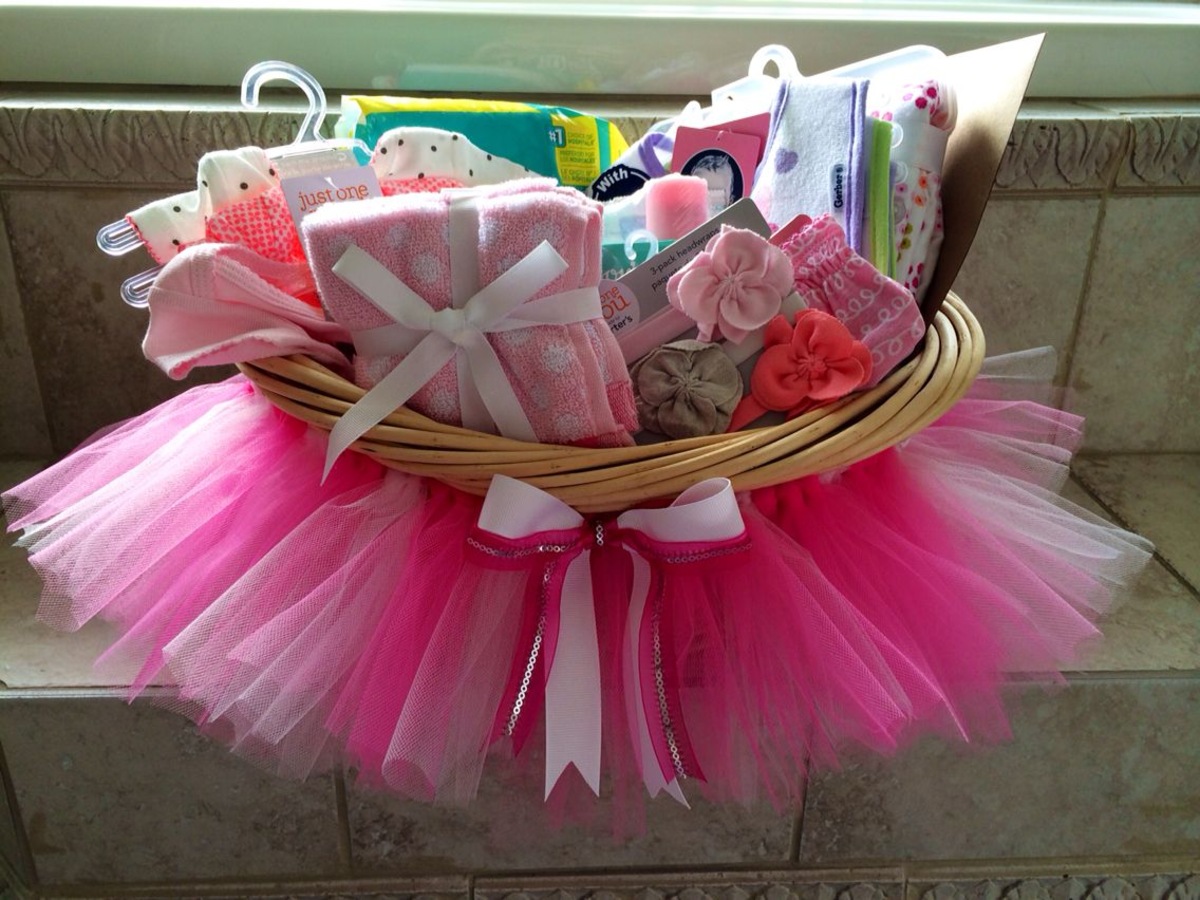




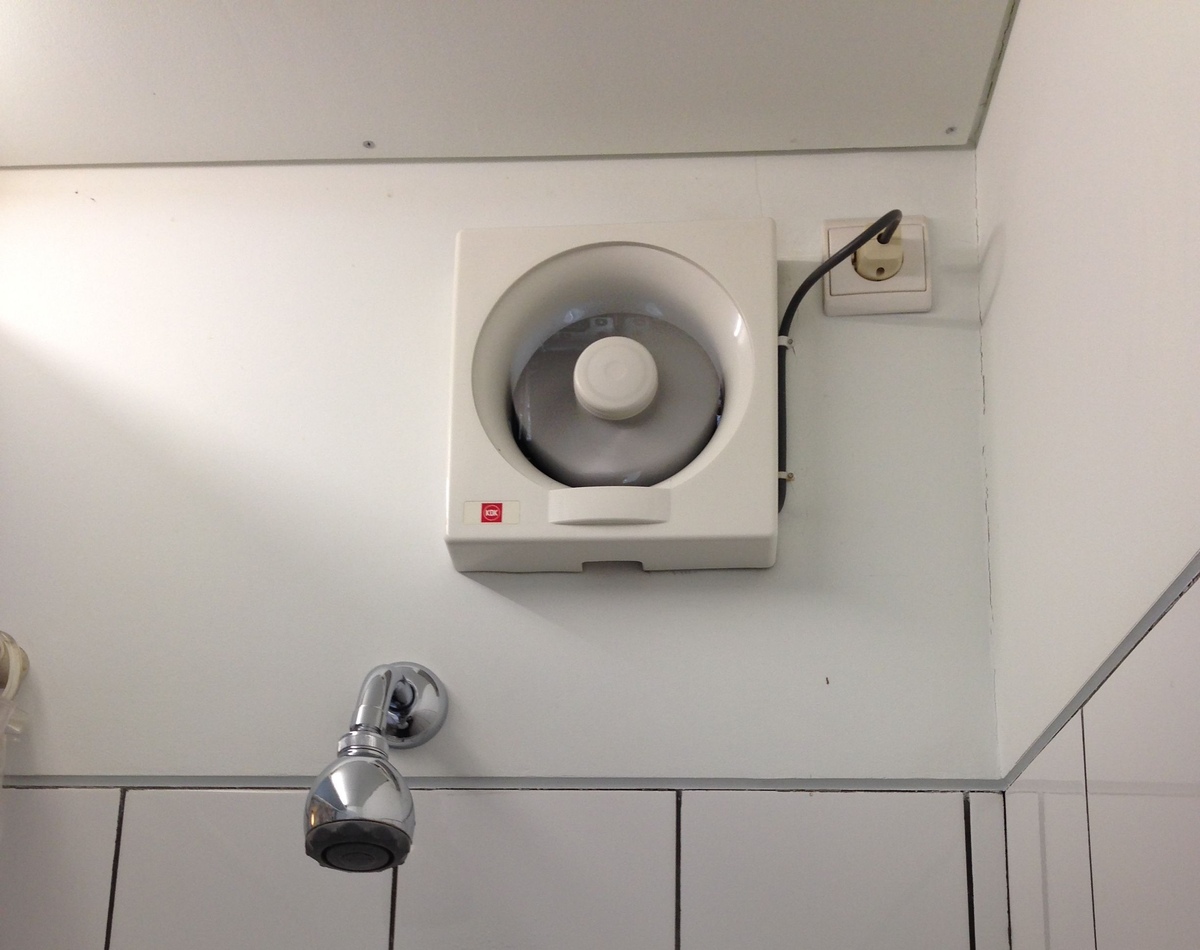
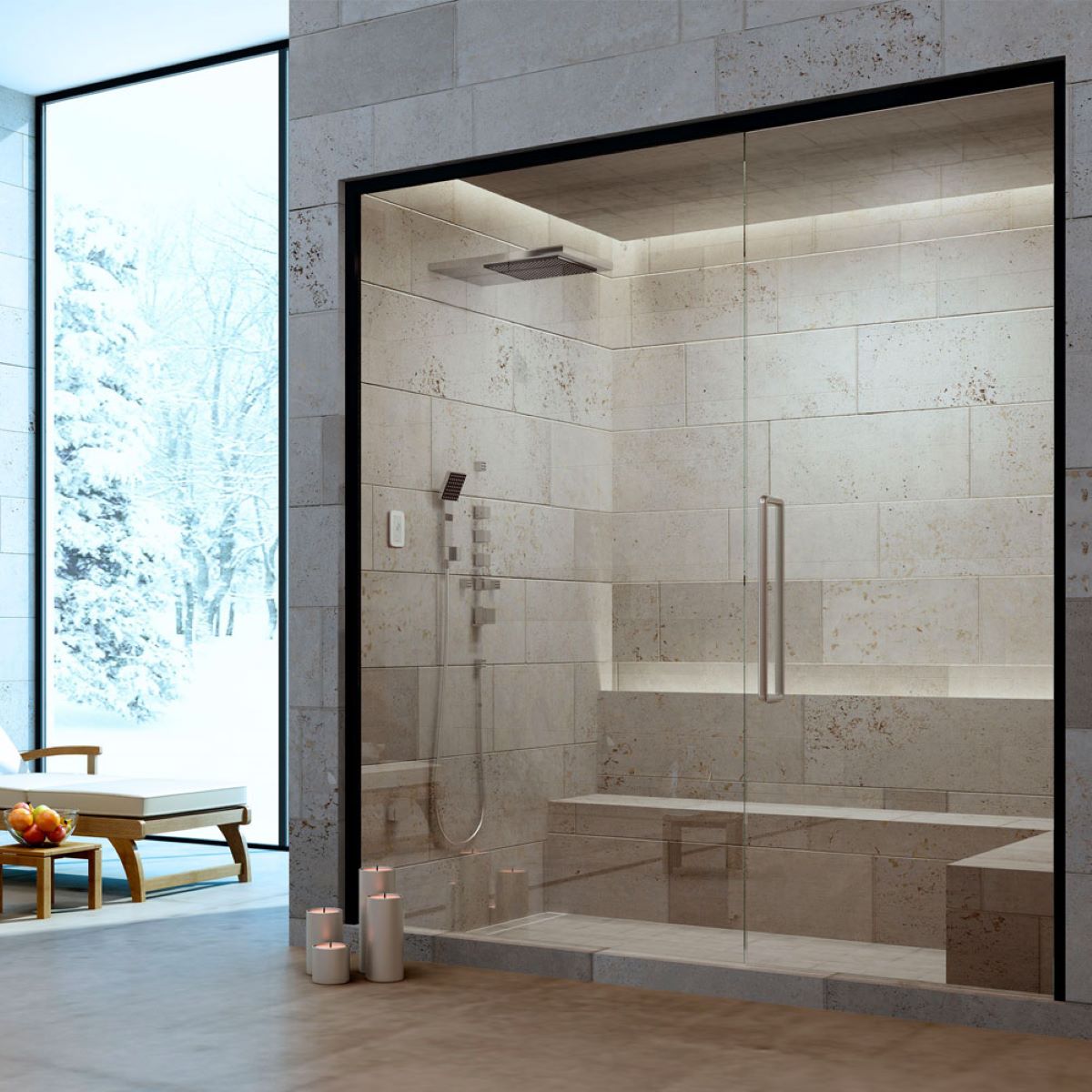
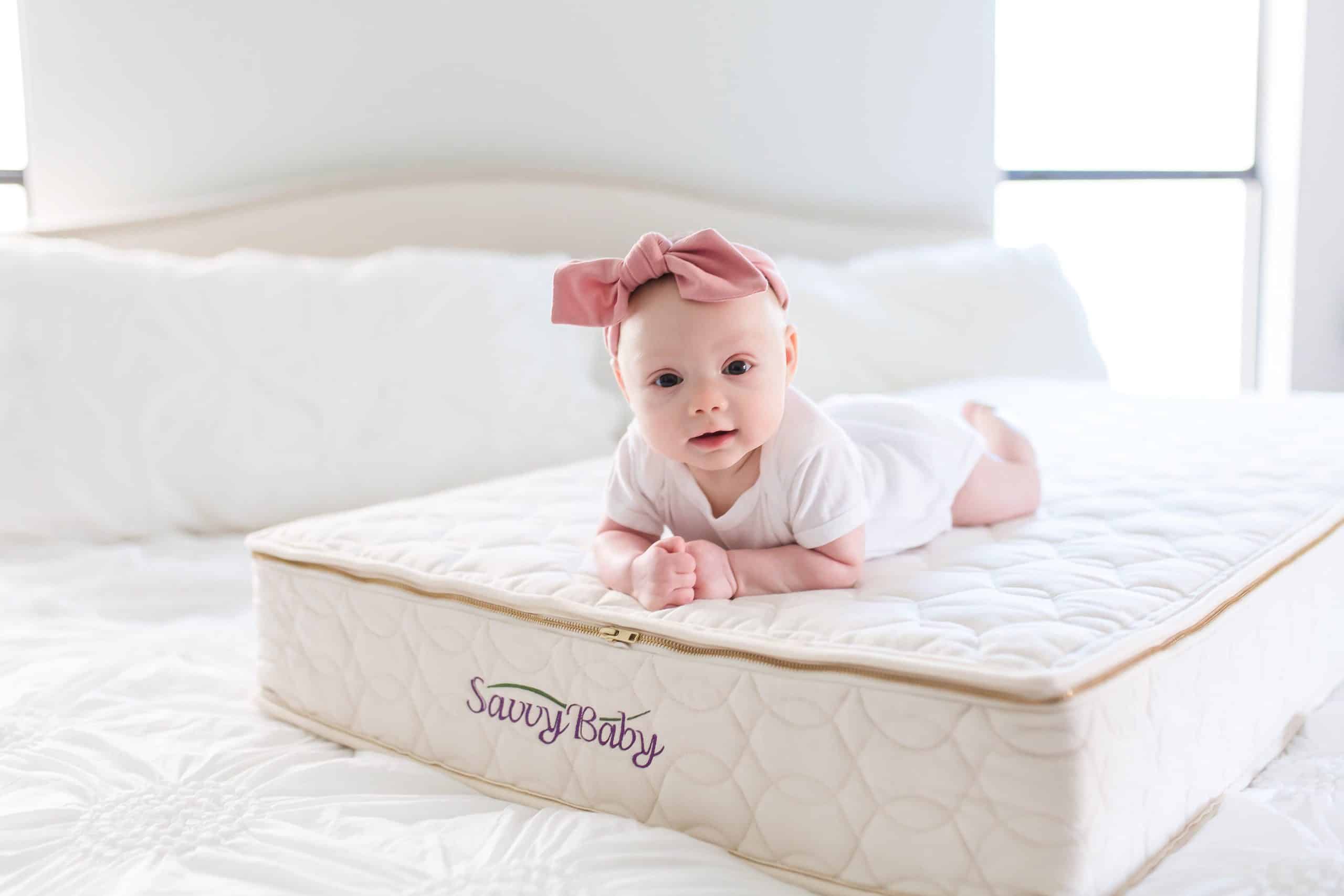
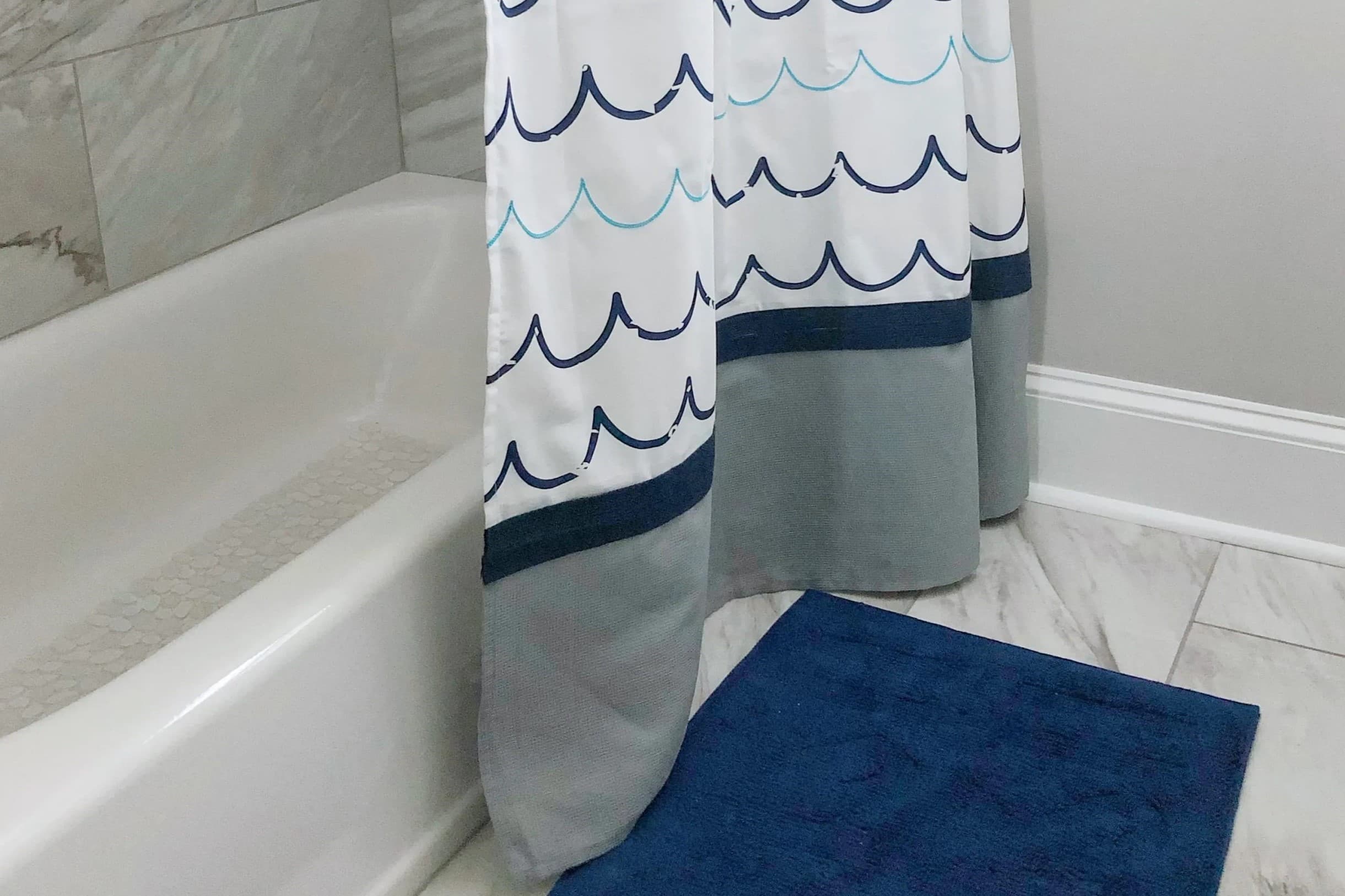

0 thoughts on “How Long Should A Baby Be In A Steam Shower”